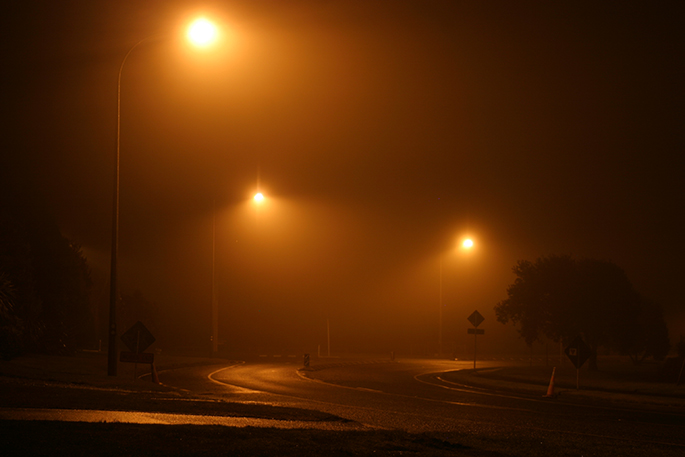The Whakatane District is going eco-friendly by converting all their streetlights to LED bulbs.
The district has already installed 400 LED fittings, but NZTA have confirmed that they will meet 85 per cent of the $2 million cost of installing LED units in the remaining 2100 lights.
The District's $300,000 share of the project cost has been budgeted in the current Long Term Plan.
Whakatane mayor Tony Bonne has welcomed the Transport Agency's investment and says LED lighting will contribute to better driving conditions and enhanced public safety.
'This is a great example of central and local government working together and utilising advanced technology to deliver an improved service which, at the end of the day, will save everybody money.”
LED lighting units provide a brighter and better-focused light it is also energy efficient and lasts up to six times longer (20-24 years) than a standard streetlight.
This means LED light units pay for themselves in 10-15 years, while energy use and maintenance gains across the District-wide streetlight network should generate close to $2 million in additional cost savings during their lifespan.
Installation of the new lights will begin in Murupara within the next few weeks, to tie-in with supply and switching improvements planned in the township.
Work in other rural communities will follow, with installations in Whakatane and Ohope to be completed before the end of the 2017/18 year.
The NZTA director of regional relationships Parekawhia McLean says there's an increasing interest in replacing inefficient road lighting with LED.
'LED street lights come on instantly, last much longer and are shock and vibration-proof, so we understand why councils are seeing them as better options for communities.”
Other advantages of the new streetlights include a Wi-Fi based central management system, which allows all lights to be controlled from a central point, and automatic fault notifications, eliminating the need for programmed inspections.
Light intensities can also be dimmed during low use periods, or increased around event venues as required.



3 comments
Way to go
Posted on 15-07-2017 13:10 | By Papamoaner
I have converted my whole house to LEDs. Not expensive if you buy the oyster style ceiling lights off Trademe. No more light bulb rip-offs by planned obsolescence by leaving a wee bit of air in the bulb so the filament oxidises. All we need now is to find toilet paper without the ends glued down so you have to waste paper just to get the roll started - another dishonest planned obsolescence to increase profit.
I too........
Posted on 15-07-2017 19:59 | By groutby
...converted my home to all LED a couple of years back now, and ever evolving...tho I imported my own, the cost for such "advanced" technology (in this country only I suspect) is way to high, is coming down slowly but our small market and "gauging" habits by some are somewhat restrictive.
Needs improvement
Posted on 16-07-2017 09:43 | By Papamoaner
Some LED applications are lacking. Direction indicators on many new vehicles are seriously difficult to see at roundabouts. There seems to be some issue with beamwidth and beam angle, and I reckon some new cars should not be passing WOF tests. It's not good enough for a mechanic to manually assess indicators. It should be done instrumentally because there are significant safety issues. It's bad enough that most Kiwi drivers don't even understand the new roundabout rules. They try to do it by rote instead of by understanding, and invariably get it wrong. Bum indicators compounds it. Maybe NZTA have put it in the "too hard" basket.
Leave a Comment
You must be logged in to make a comment.